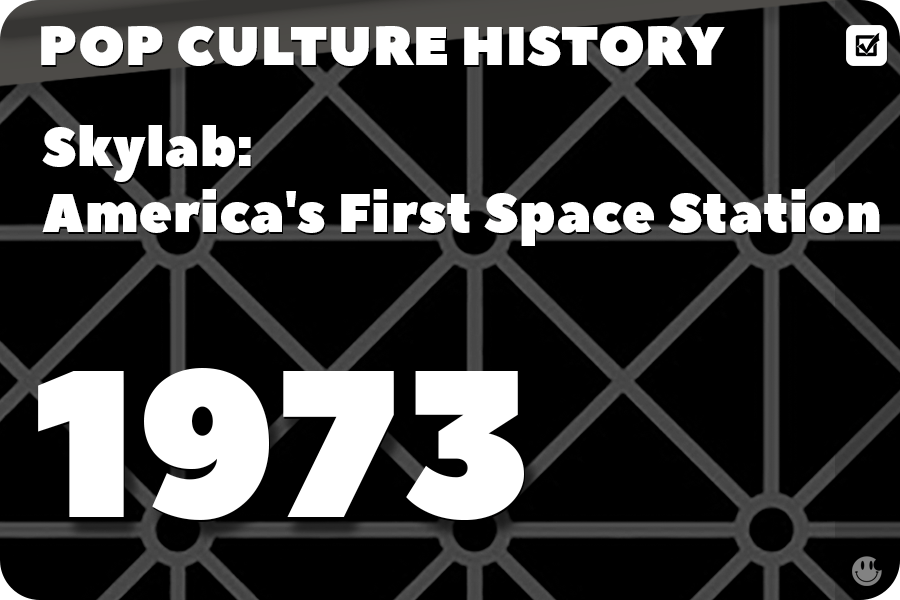 |
Skylab |
Skylab was America’s first space station, developed by NASA during the 1970s as a platform for scientific research and experimentation in a microgravity environment, marking a significant milestone in human space exploration. Launched on May 14, 1973, Skylab was a modified Saturn V rocket’s third stage that had been converted into an orbital workshop and living space for astronauts. It was designed to support a variety of scientific experiments, including solar observations, Earth resources studies, and the effects of prolonged weightlessness on the human body. Skylab was also intended to test the feasibility of long-duration human spaceflight, a crucial stepping stone toward future missions, such as those to the Moon and Mars. Three manned missions, known as Skylab 2, Skylab 3, and Skylab 4, took place between May 1973 and February 1974, with crews spending a total of 171 days aboard the space station. Prominent astronauts involved in these missions included Charles “Pete” Conrad, Alan Bean, Jack Lousma, Owen Garriott, and Gerald Carr. The astronauts conducted various experiments and maintenance tasks, setting records for the longest time humans had spent in space at that point. Skylab’s initial launch faced some challenges, including damage to its micrometeoroid shield and one of its solar panels. The Skylab 2 crew was tasked with repairing these issues, successfully deploying a parasol-like sunshade and freeing the jammed solar panel, which allowed the space station to become fully operational. Skylab’s operational life came to an end when the last crew departed in February 1974. The space station remained in orbit until July 11, 1979, when it re-entered Earth’s atmosphere and disintegrated, with some debris landing in the Indian Ocean and Western Australia. The Skylab program laid the groundwork for future space stations, such as the Russian Mir and the International Space Station (ISS), by providing valuable insights into the challenges and opportunities of long-duration human spaceflight. Its legacy continues to inform current and future space exploration efforts. |









